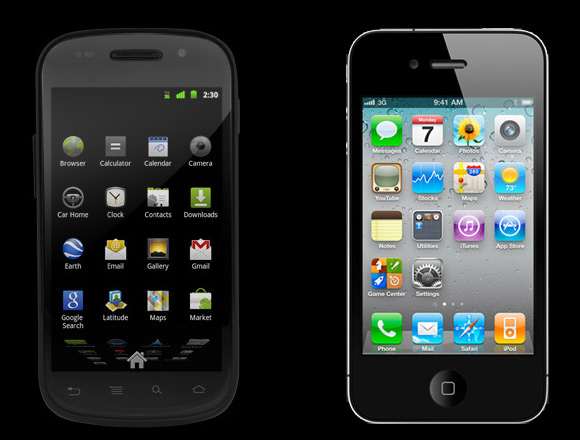
We remember the days when the iPhone used to rule the data usage roost. How on average, iPhone users consume more data than any other smartphone users out there. Well, Android has just changed all that.
According to a series of studies from network management firm Arieso, it turns out that Android users — particularly those using the HTC Desire and the Samsung Galaxy S — consume more data than even iPhone 4 users who, by their own right, are already downloading 44% more data than iPhone 3GS users. The study also revealed that Android users spend more time connected to the network.
Not surprisingly, the study sees no increase in voice usage in any of these platforms, which then brings us to the realisation that at the rate at which these smartphones are consuming data, there is a real worry that 3G networks will be hitting the limit in which it can deliver data — and we haven’t looked at how the new crop of tablets that will be coming into the market next year is going to affect this load.
That’s right ladies and gents, the great 3G data crunch is coming. Hello 4G!
Excerpt for the report after the jump.
When looking specifically at the iPhone 4, the firm saw 44 percent more data calls and 41 percent more data being downloaded. The device was the leading data gobbler compared to the iPhone 3G—until Arieso looked at Android devices. Phones like the HTC Desire and the Samsung Galaxy were highlighted as being “particularly data hungry,” consuming higher data volume than both the iPhone 3G and iPhone 4. Android-based handsets also made more data calls and spent more time connected to the network.
Despite these relative increases in data usage over the last few years, the study observed no increase in the number of voice calls. “[T]he new breed of smartphone subscribers use their devices first and foremost for data consumption rather than making phone calls,” the firm said. To us, this is unsurprising—people wouldn’t buy smartphones if all they wanted to do was make more calls. The lure of more powerful devices is being able to do more on them, whether it’s surfing the Web, checking e-mail, or running apps.
To read more on the report, head on over to Ars Technica






